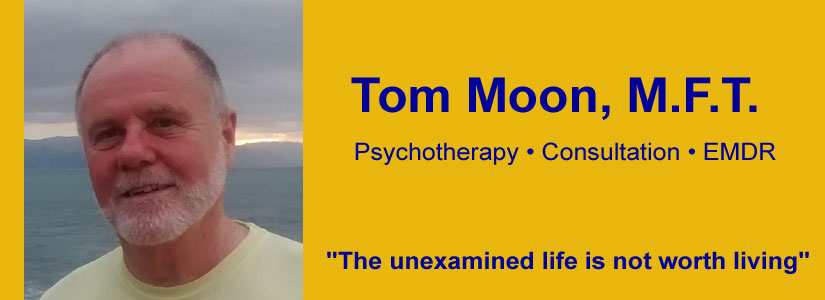Last time I talked about the brain’s “negative bias” – its tendency to register negative experiences in emotional memory more quickly and deeply than positive ones. In the words of neuropsychologist Rick Hanson (www.rickhanson.net) : “The brain is like Velcro for negative experiences and Teflon for positive ones.” The result is “a growing – and unfair – residue of emotional pain, pessimism, and numbing inhibition” which makes fear, agitation, and conflict much easier for most of us to experience than contentment, joy and happiness. Does this mean that our species is condemned to chronic unhappiness?
We can find optimism in the discovery that the higher regions of the brain can modify the way the lower regions function. Many lines of research show that when we use our intention and attention in sustained and focused ways, we can do much to overcome the brain’s negative bias. Dr. Hanson teaches a four step daily concentration practice to enable the brain to register positive experiences so that they sink into the deepest layers of the mind and alter emotional memory. He calls the practice “taking in the good.” Here are the steps:
- Decide to let yourself feel pleasure and be happy, rather than feel ascetic or guilty about enjoying the good things in life. In particular, do your best to release any resistance to feeling good about yourself. Momentarily set aside concerns or irritations, or at least nudge them into the background and then, maintaining a relaxed and accepting awareness, spend some time paying attention to a positive experience. Pay special attention to the emotional and sensory aspects of your responses to positive events. Be fully present to the experience and be careful not to drift into ruminations about the past or worries about the future.
- Extend the experience in space and time by lingering over it and savoring it. Relish the experience and resist the temptation to jump to something else. Let it fill your body with positive sensations and feelings (that’s the space part). By doing this, you allow the positive event to become a positive experience.
- Visualize the positive experience soaking deeply into your brain and body, registering deeply in your emotional memory. See it sinking into your chest, back, and brainstem. Since the brain takes 5 to 20 seconds to register positive experiences, make sure you take at least 20 seconds to do this while relaxing the body (that’s the time part).
- Visualize the positive experience going down into old hollows and wounds within you, filling them and replacing them with new positive feelings and views. These wounds are typically places where the new positive experience is the opposite of, and the antidote to, the old one. The “replaced” experiences may be from adulthood, but usually the most important ones to replace are from our early years. The way to do this is to have the new positive experience prominent and in the foreground of your awareness at the same time that the old pain or unmet needs are dimly sensed in the background. Current experiences of worth can replace old feelings of shame or inadequacy. Current feelings of being cared about and loved can replace old feelings of rejection, abandonment, and loneliness. A current sense of one’s own strength can replace old feelings of helplessness or weakness.
To show how this process helps, we can look at how it works in the treatment of anxiety. People who have experienced severe emotional trauma, especially if it occurred in childhood, can find their inner “emergency button” stuck in the “on” position, with the result that they are stuck in constant anxiety. By adopting the practice of taking regular “mindful pauses” throughout the day, in which they breathe deeply and notice that, in the present moment, they aren’t in any danger, and by savoring the experience of feeling safe and protected, they gradually retrain the brain to understand, on a deep level, that in most of the moments of their lives they are safe. This understanding can help people who suffer from severe anxiety gradually let go of the felt need to be “on alert” at all times. The regular positive experiences of safety become prominent and occupy the foreground of awareness, while the old traumas fade into the background. They don’t forget old painful events, but are gradually freed from their grip.
Hanson emphasizes that this practice isn’t about learning to see the world through rose-colored glasses. By countering the brain’s negative bias it actually fosters a more accurate and mature assessment of reality. Through regular practice we gradually become less emotionally reactive. As we become more calm and present-focused we begin to access a deeper truth about ourselves. Hanson’s describes that truth in this way: “As an inherent property of the nervous system, there’s a deep down essence or core in each of us that is awake, present, interested, and quietly happy.” When we establish contact with this depth dimension in ourselves, we naturally begin to develop what he calls a “verified optimism” based on the understanding that, in the core of our beings, we are hard-wired for happiness after all.
